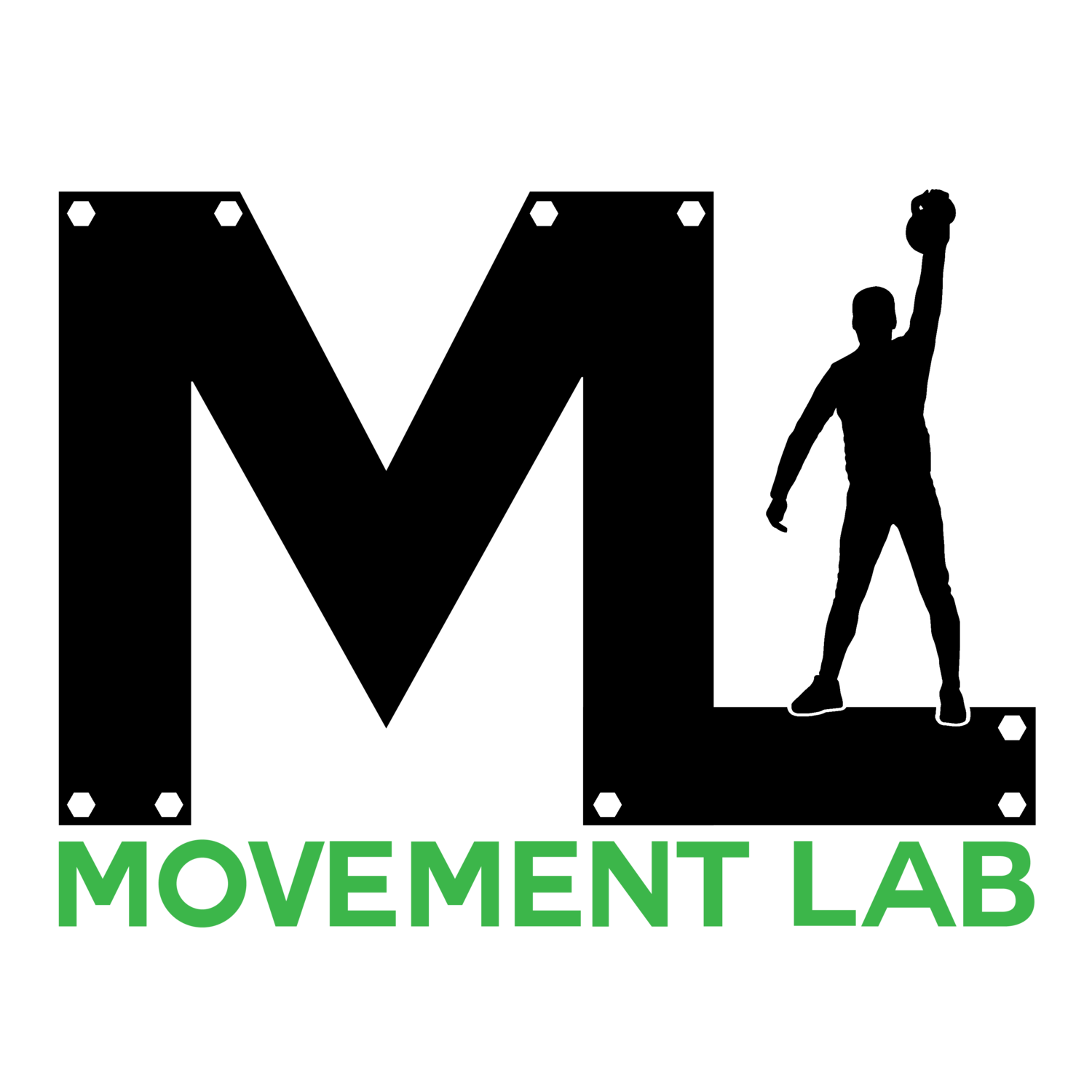Yoga, An All-Encompassing Practice
Now that you’ve committed to beginning your yoga practice, let’s talk about the many benefits that come along with it. I am sure you can guess a couple of the health aspects we are about to discuss, but I bet I will surprise you with some other ways yoga benefits the body!
I am going to begin with one system in the body that is positively impacted by yoga, one that you probably considered when taking the leap into your yoga practice: the musculoskeletal system. The musculoskeletal system consists of all of the muscles, bones and fascia, and has a relationship with joints, tendons, ligaments and nervous tissue. Yoga is very active, and requires a lot of muscular endurance in order to practice for 20, 30, 60, or more minutes at a time. When first beginning, you may feel fatigued after 10-20 minutes of movement, even if you are conditioned in other activities in your life. This fatigue is expected! Yoga flows are very different, yet, at the same time very similar, to other sports and activities. Along with endurance, yoga builds strength in the form of your body weight movements; Poses that immediately come to mind that challenge strength are chaturanga, downward facing dog, and goddess, am I right?! The strength developed during yoga is different than if you were to lift weights, but it is strength development nonetheless. If you’ve done at least one yoga sequence at this point, you can probably agree that yoga forces you to use your stability systems throughout the body - you may have felt areas in your body “talking” during the flow that you don’t normally hear from; those, my friends, are your very important stabilizing muscles. Let’s move on and see how else yoga positively affects the body!
The next system we will talk about is the circulatory system, which is composed of blood vessels (veins, arteries, capillaries, etc.) that track all throughout your body, between muscles, organs, and other tissues in between. Above, we discussed the endurance capacity needed for yoga, which causes the blood flow to tissues to increase so they can receive nutrients from the blood during activity. Other types of yoga practices focus on slowing the breath, shifting the body from a fight-or-flight state to a relaxed state, allowing the heart rate to slow and blood to flow to the vital organs. These are two ways your circulatory system is impacted, but there is another way that is very intriguing. During yoga sequences, the body is moving in many different positions, causing the muscles to contract and relax, in return pumping blood through your blood vessels. If you have your hands or feet hanging down all day from working at a desk or being on your feet, this is especially beneficial because it gets any blood that may essentially pool in the hands and feet/ankles to recirculate, relieving some pressure you may feel in those areas.
Similar to the circulatory system, yoga flows can have an impact on the lymphatic system, squeezing the lymph nodes and their ducts, causing lymphatic fluid to circulate. This is beneficial because the lymphatic system is like a garbage man picking up your trash at many areas throughout the body, cleaning up and clearing out the unnecessary wastes.
If you allow it to be, yoga can be a wonderful form of stress relief, letting you clear your mind and focus on the movements. Although the poses can be challenging, yoga brings out your ability to persevere in those small moments of physical stress and remain calm in your mind. This may not be the case immediately, but the more you practice, the easier it will become to find ease even in stressful poses.
One day after, or during, your yoga practice, I guarantee you will feel your bowels churning! Do not fear, this can be completely normal, especially if spinal twists are performed often throughout the yoga sequence. Twists allow for compression and motion of blood and substances in the GI tract, thus allowing the bowels to better perform their job. Practices that encompass mobility of the abdomen and its contents can be super beneficial if you are feeling bloated, full after a big meal the day before, or gassy. Just remember that you may want to err on the side of caution if you are feeling any of the above, and practice at home if you are self-conscious about anything slipping out in a class!
The last benefit I will discuss today is mobility - something that impacts many systems simultaneously. Mobility is a person’s ability to actively control their body through a certain range of motion. As I mentioned before, yoga is a very active practice, and as you become more consistent with it you will find the poses easier to perform because your mobility will increase. Mobility is not simply a muscular act, it also requires that the nerves, fascia, and joints move fluidly through the various movements, as well. Keep this in mind as you move through your practice, and if a pose is difficult don’t instantly blame the muscles for not being prepared, because it could be another tissue that is the limiting factor.
If you hadn’t fully convinced yourself to commit to yoga after the previous blog, all of these benefits should have you running (or walking if you’re not into running) to a yoga studio or typing furiously to find a yoga channel online to try!
Yoga is a practice that keeps on giving; continue to work on your poses, and you will be amazed at the benefits that occur!
References:
https://www.ncbi.nlm.nih.gov/pmc/articles/PMC3193654/
https://www.health.harvard.edu/staying-healthy/yoga-benefits-beyond-the-mat
https://www.hopkinsmedicine.org/health/wellness-and-prevention/yogas-benefits-from-head-to-toe

